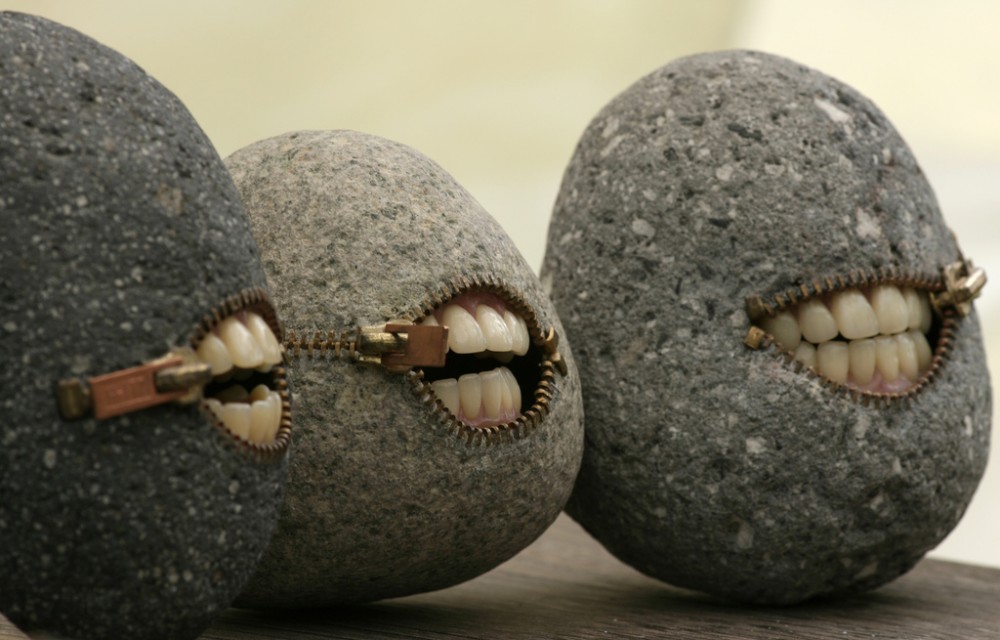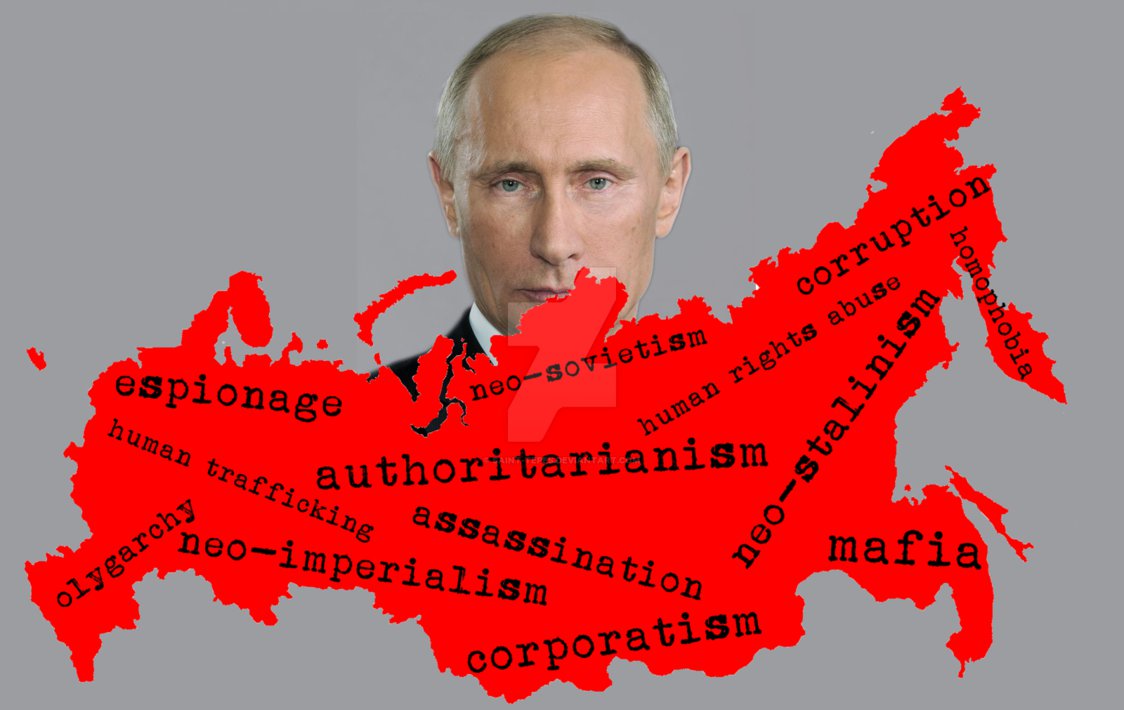- The denial of uniqueness and specifics of the Ukrainian nation. The familiarity of languages and religious unity in Orthodoxy are used in anti-Ukrainian rhetoric as arguments for the unity of Ukrainians and Russians within a single (or triple) Russian people.
- The denial of the Ukrainian nation’s self-sufficiency, so its ability to embrace the entire world, all the levels of being, including itself, with thought and attention. This is expressed in the disbelief in the statehood and intellectual abilities of Ukrainians. The imagination of Russians infected with Ukraine-phobia poses that Ukrainians are only able to develop culturally, but not intellectually or politically.
- The denial of the Ukrainian nation’s independence, so its ability to transform the world and all levels of being, including itself. This is expressed in the compulsory conspiracy interpretations of all the political steps of Ukrainians. This especially touches on the emergence of the Ukrainian nation and its successes, which are ascribed to the schemes of the Austrian general headquarters, the Europeans or the anti-Russian lobby.
Putin can’t ‘catch up and surpass West’ — he can only exploit divisions and spread chaos, Yakovenko says
For more than 200 years, Russian leaders were inspired by the idea that their country could “catch up…





